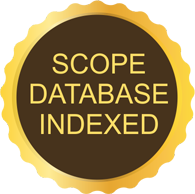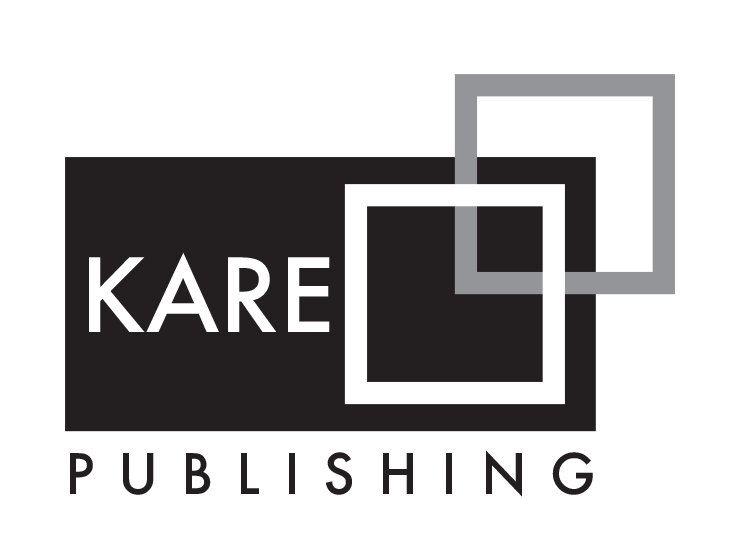Abstract
Introduction: Menstruation is a physiological process that takes place under the control of hormonal order in women's life cycle and is a complex experience with physical, psychological and social dimensions. Women prefer complementary and alternative therapies to alleviate menstrual symptoms due to their low adverse effect profile, economic accessibility and cultural acceptability. This study aims to qualitatively examine the complementary and alternative treatment practices used by women to manage menstrual symptoms and the effects of these practices on life experience. Materials and Methods: Data were collected using a constructivist qualitative research design. The interview data were transcribed and then subjected to qualitative content analysis in accordance with Standards for Qualitative Research Reporting (SRQR) using Graneheim and Lundman’s content analysis method. The qualitative research software package ATLAS. ti 9 was used for the analysis.
Results: The study consists of interviews with 32 women. Analysis of the interviewees' accounts revealed three different categories and 12 subcategories. These three categories were determined as complementary and alternative medicine practices, reasons for choosing complementary and alternative medicine practices, and opinions on the effectiveness of complementary and alternative medicine practices.
Discussion and Conclusion: Women often use complementary and alternative medicine practices such as herbal teas, hot treatments, massage, aromatherapy and spiritual techniques to alleviate menstrual symptoms. These practices not only contribute positively to symptom reduction but also increase emotional well-being and a sense of control. While the majority of participants found them effective for symptom management, some participants found them ineffective or only partially effective. Sociocultural norms, family traditions and peer influence significantly shape women's decisions to adopt these practices.

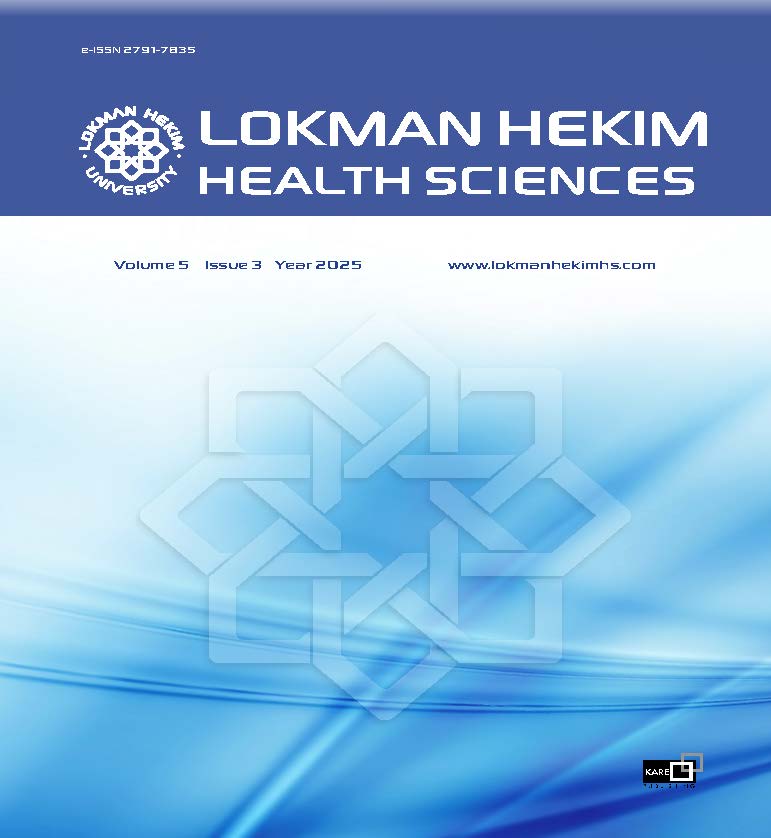
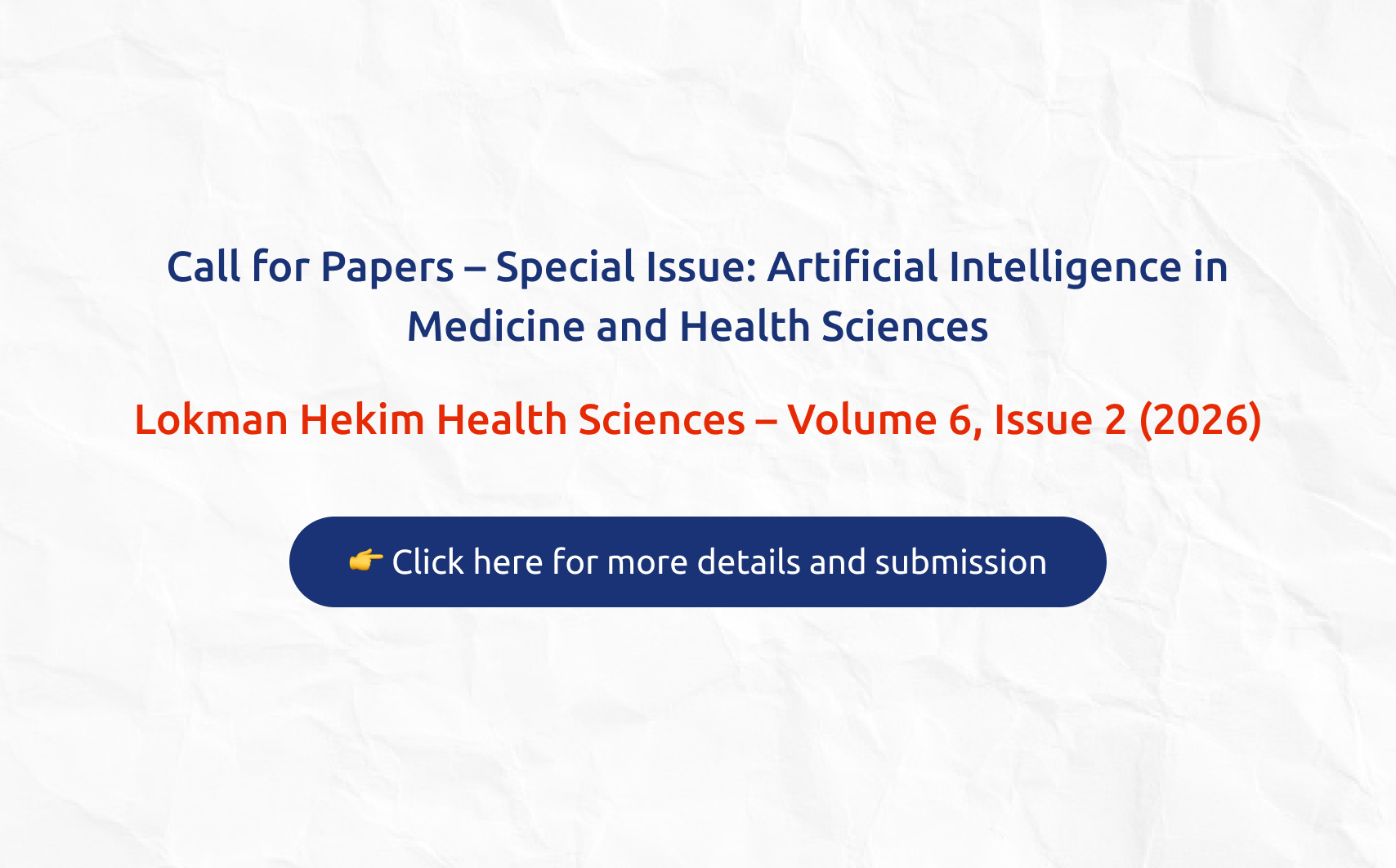
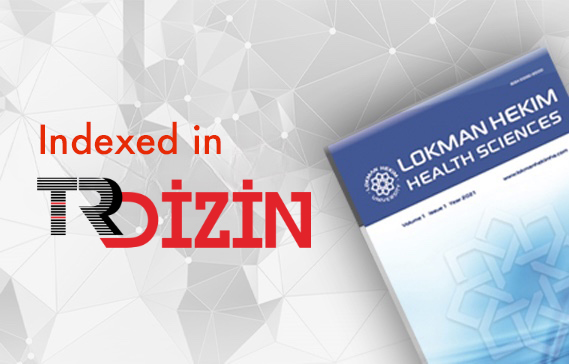
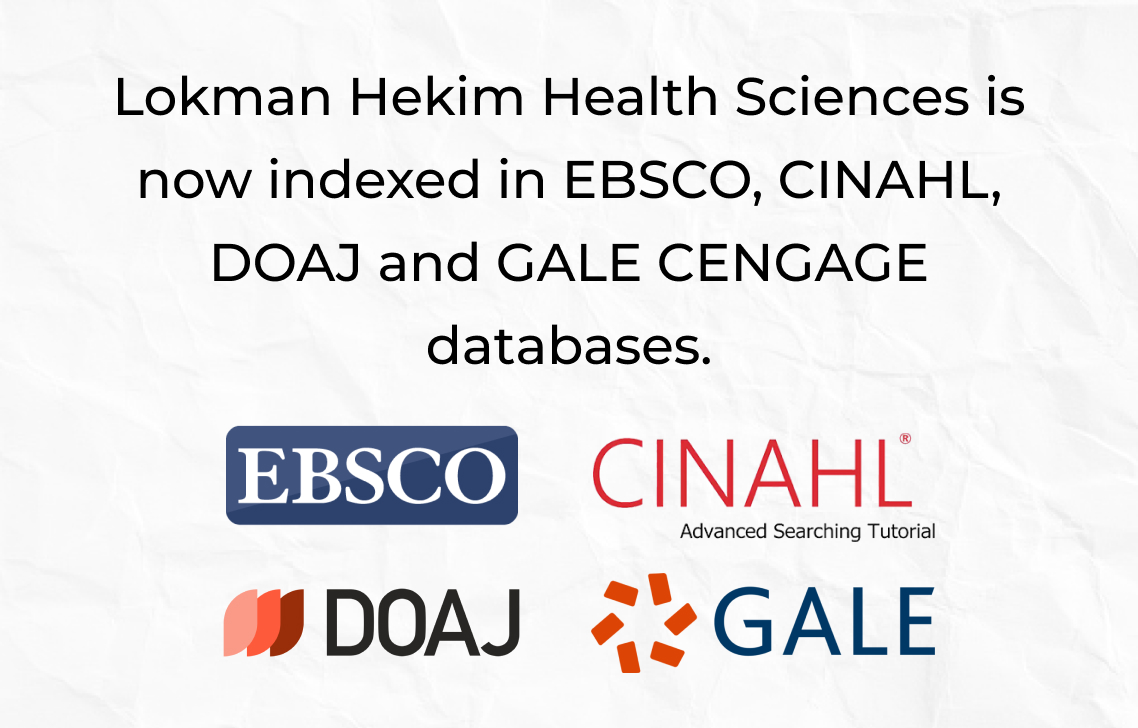
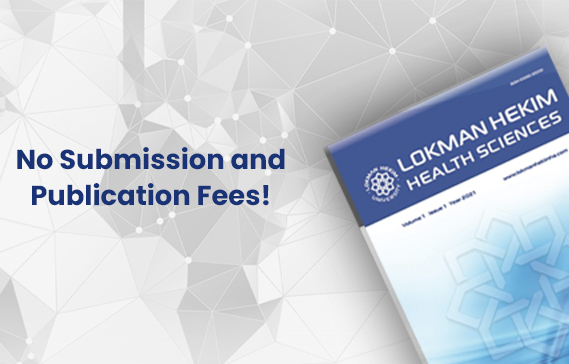
 Esra Özer1
Esra Özer1 

